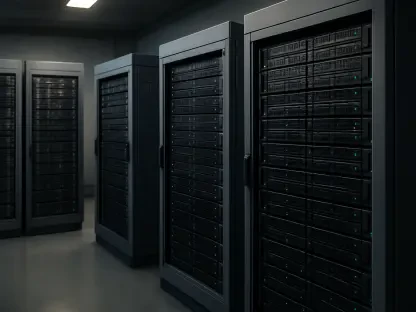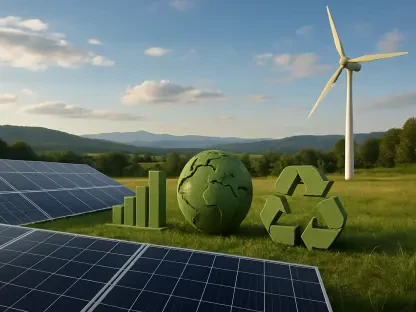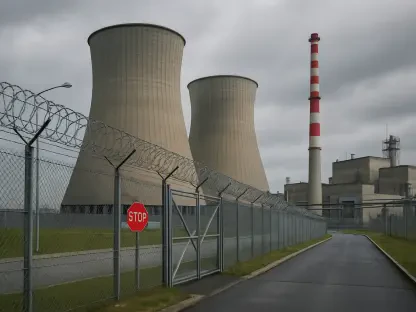Listen to the Article
Water availability was once considered a human rights issue; today, water scarcity is a leading business concern for industries worldwide. It has become a major issue for global supply chains, business continuity, and infrastructure resilience. As urbanization, climate uncertainty, and population growth converge, businesses are facing mounting pressure to rethink water as a strategic resource.
In this context, using smart technology, or “smart water management”, in how companies handle water offers hope. Yet, the question remains: Can technology really close the gap between water demand and supply?
Escalating Water Crises and Global Shortage
Recent statistics paint a grim picture. According to the 2024 United Nations World Water Development Report, almost 2 billion people worldwide lack access to safe drinking water, representing 26% of the global population. Additionally, the report indicates that since the 1980s, global freshwater demand has increased by nearly 1% annually. Agriculture remains the biggest consumer, taking about 70% of the freshwater supply, followed by industry at slightly less than 20%, and domestic use at around 12%. Businesses in these sectors face more exposure than ever to water-related operational disruptions, regulatory pressures, and reputational risks.
This increasing demand, coupled with the impacts of climate change, has led the world to a scenario in which about half of its population is experiencing chronic water shortages for at least part of the year.
“Rising demand is primarily driven by a combination of socio-economic development and related changes in consumption patterns, including diet (Zucchinelli et al., 2021), such that the bulk of this increase is located in cities, countries, and regions that experience rapid economic development, most notably in emerging economies (Ritchie and Roser, 2017)”, the report states.
The implications of water scarcity extend beyond mere shortages. A report by the Global Commission on the Economics of Water warns that, within the next 25 years, more than half of the world’s food production can be at risk because of the escalating water crises. Demand for freshwater will exceed supply by 40% by 2030, promoting food insecurity and economic instability.
“A significant portion of the global population (about 2.9 billion people) and 55% of the world’s food production are in areas experiencing drying or unstable trends in total water storage”, the report states.
These projections underline the need for radical measures towards better water management.
Enter Smart Water Management Technologies
Leading the charge among these new technologies are Internet of Things (IoT) devices and Artificial Intelligence (AI) systems designed to optimize the use of water and identify how water is being wasted. For example, Droplet, a water sensor produced by startup firm Hydrific, utilizes ultrasonics and machine learning technology to provide users with up-to-date data on family water usage as well as detect leaks. This device allows people to monitor and reduce their use of water, leading to significant savings at a community level.
For agricultural organizations, smart irrigation setups are having a big effect. Smart farming uses sensors and data analytics to find the right amount of water for crops, cutting down on waste. Companies like Libelium developed connected sensors and devices that help farmers reduce overhead and improve crop yields by using water wisely. These technologies not only save water but also enhance crops, tackling the two most important issues: water shortages and food security.
The technological advances are also benefiting urban infrastructure. Digitalized gray-green infrastructure such as the water management in cities like Glasgow provides integrated use of existing traditional systems with green sustainable solutions that leverage digital technology to deliver better performance.
The integration helps deliver stormwater management, minimize flood potentials, and maintain water quality. Similarly, Scottish Water has also released a multi-decade plan to tackle flooding caused by a warmer climate, costing a whopping £50 billion. The plan features urban green spaces and residential conversions of tarmac driveways to lawns to help increase natural defenses against flooding.
Challenges of Implementing Smart Water Management Technologies
However, adopting smart water management technologies is not easy. Firstly, many developing regions face a financial roadblock. A study by the Pacific Institute, DigDeep, and the Center for Water Security and Cooperation points out that entire communities are often left out, like the Navajo Nation, where 30% of residents lack running water. The report outlines more than 100 actionable strategies for strengthening water and sanitation systems in frontline communities, addressing both climate impacts and systemic inequities.
Entire communities find it hard to use these techs due to funding cuts and weak structure. To fix these gaps, greater collaboration is needed from governments, the private sector, and international B2B organizations to ensure everyone has access to technological advancements.
UNESCO estimates that achieving universal access to safe drinking water, sanitation, and hygiene in 140 low- and middle-income countries would cost approximately US$114 billion per year. The benefit-cost ratio (BCR) of such investments has been shown to provide a significant positive return for stakeholders in most regions.
Moreover, even though technology provides useful tools, it’s not a fix-all. Good water management needs a detailed plan that takes in policy reforms, public awareness campaigns, and sustainable practices for everyone. For example, cutting down on Non-Revenue Water is key. Non-Revenue Water is that which is produced, but not billed, due to leaks or theft.
In places like the Middle East and North Africa, about 41 million cubic meters of water are lost every day due to this issue, which costs around US$4 billion a year. Fighting these losses requires not just innovative technology but also community involvement.
Conclusion
Technology alone cannot fix the global water crisis, but it is crucial for reducing its effects and helping set up new and smart ways to manage water. Innovations in IoT, AI, and smart infrastructure provide great opportunities for utility companies to monitor, save, and use water more efficiently. Yet, the success of these technologies depends on integrating them with changes in policy, investments, and overall participation from communities and organizations.
For companies across industries, adopting smart water management is no longer a question of whether they should or shouldn’t, but rather how they can implement this solution before shortages start to affect their operations, margins, and long-term viability.









